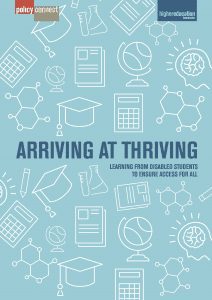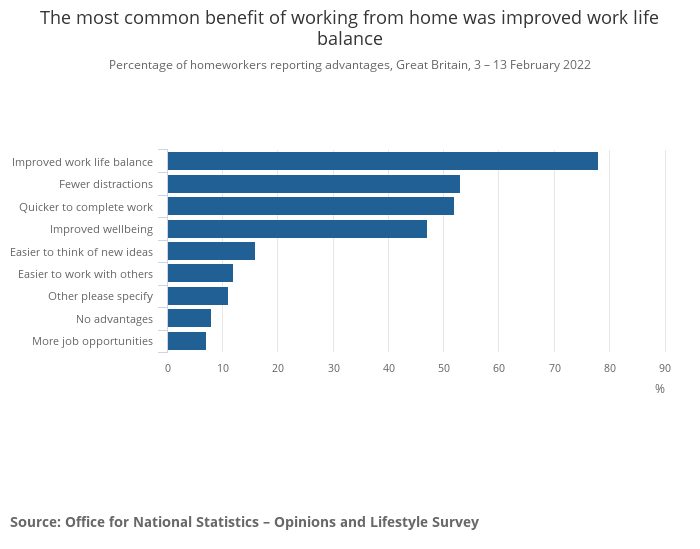
As the third university year of the Covid era nears its end in the northern hemisphere, things are starting, finally, to feel as if they are getting back to normal.
But even as we in universities rush to get back to face-to-face teaching, we should stop and think before discarding all the knowledge and resources that we built up while teaching from our kitchen tables.
Prior to the pandemic, digital teaching accounted for less than 5 percent of university courses, mainly confined to professional development. Hence, there was a lot for lecturers (and students) to learn when we were suddenly plunged into lockdown in early 2020.
Mass experimentation quickly exposed us to the pros and cons of synchronous versus asynchronous teaching. We found that synchronous was better for interaction with students but was sometimes painfully reliant on internet connections. There was also the chance that students would have to attend lectures late at night or early in the morning if they were in a faraway time zone. Asynchronous, on the other hand, allowed the student to work when convenient – on content that lecturers had time to hone – but at the risk of feeling remote, with implications for their mental health.
The sense among students that online teaching was lower quality than in-person teaching – and correspondingly easier to produce – caused many lecturers to overload their course sites with extra reading material, videos and, of course, quizzes to compensate, increasing the student’s workload considerably.
But even as we return to lecture theatres, I believe that we should at least continue to broadcast our lectures live as well.

One reason is that such a hybrid approach is making university life more inclusive for those with physical disabilities. Traveling to university can be difficult and stressful for them, and things are not often ideal on campus either; a survey of disabled students published by Disabled Students UK in October 2020 suggested that there is “clear room for improvement”. But the same survey revealed that online lecture recordings were being positively received, with 70 percent of respondents regarding them as more accessible than face-to-face teaching and 84 percent saying they would benefit from online learning going forward.
Keeping lectures online might allow those students – as well as those who are immunocompromised – to target their physical attendance where the benefit is greatest, such as interactive seminars or practical classes.
Meanwhile, introverted students and non-native speakers may prefer to use the online chat function to ask their questions, rather than asking them verbally from the audience. And digital broadcasts might still be a lifeline to Chinese students, who remain subject to Covid policies that prevent them from arriving on time to take up study overseas.
Reducing the need for students to commute to campus may also be financially helpful to them in this time of high inflation, as well as environmentally more sustainable. The digital option may even give students the option of commuting from home once or twice a week, rather than paying for halls of residence. And reducing demand for large lecture theatres could ease universities’ timetabling headaches as student numbers increase.
Some argue that hybrid lecturing reduces attendance at the physical lecture, but low attendance is not a new problem. A range of pre-pandemic studies showed that without artificial mechanisms for encouraging attendance (such as marks for attendance or promises of exam hints), attendance rates of between 38 percent and 44 percent were normal. And a 2019 study by Advance HE suggested that only 46 percent of UK undergraduates were committing 11 hours or more to classes per week, following a steady decline.
The widespread adoption of podcasting pre-pandemic led to a similar debate about whether it was affecting attendance or achievement. The data were mixed. Many studies show that there is little difference in academic performance between those who attend lectures and those who access the material remotely, although it seems that the very highest marks are gained by those attending every week.
Some reasons that students have recently given for not attending physical lectures seem understandable: the increasing need for part-time paid work, or the time required to complete other university assignments. Other time-honored excuses are less legitimate, such as lectures being scheduled too early in the morning. Either way, we do need to take care that non-attendance isn’t indicative of deeper problems – but, interestingly, a recent report by the UK’s Office for National Statistics found that 78 percent of people working from home feel that they now have a better work-life balance: this could also apply to students.

Teaching both online and face-to-face simultaneously does, of course, add a layer of complexity to a lecture. Preparatory tasks such as putting online students into breakout groups take extra time, and, when lecturing, you need a higher level of alertness to watch out for comments appearing on the online chat function. Ensuring that you are sharing the correct screen with those online can also be quite strenuous and tiring.
But I suggest that we have a duty to make teaching accessible to as many students as possible. So – if your university’s IT facilities allow – it might be good to carry on with both formats for the time being.
REFERENCE:
- Report: Arriving At Thriving: Learning from disabled students to ensure access for all https://www.policyconnect.org.uk/research/arriving-thriving-learning-disabled-students-ensure-access-all
- UK Engagement Survey 2019 https://www.advance-he.ac.uk/knowledge-hub/uk-engagement-survey-2019
- Is hybrid working here to stay? by Office for National Statistics – Business Insights and Conditions Survey (BICS) https://www.ons.gov.uk/employmentandlabourmarket/peopleinwork/employmentandemployeetypes/articles/ishybridworkingheretostay/2022-05-23
- How to ensure that blended teaching caters for all students https://www.universityworldnews.com/post.php?story=20220527110625692


This article is written by Dr. Robert Phillips (senior lecturer at Alliance Manchester Business School, University of Manchester) and first appeared in a blog post on Times Higher Education: https://www.timeshighereducation.com/blog/lets-not-toss-away-our-hard-won-digital-teaching-expertise

